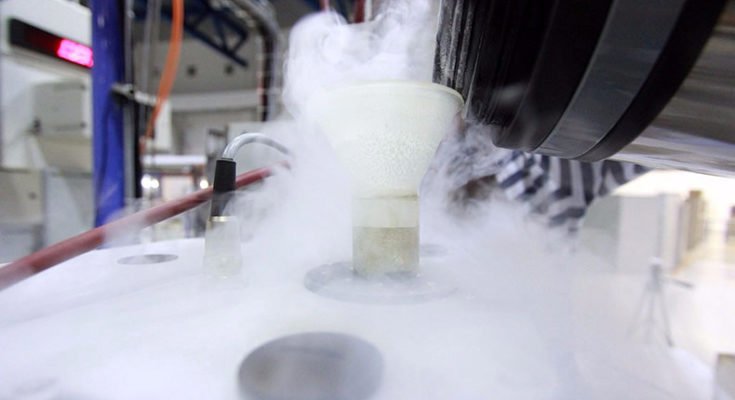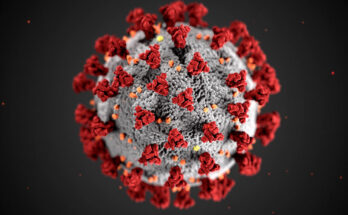How long can cord blood/Placental blood be preserved? Image Courtesy – https://www.mazecordblood.com.
This new concept of treatment has expanded the horizon to a large extent. Treatment of blood diseases has now become easy in recent times. Now, a common question may come to our mind – how long can ‘Cord Blood’ or ‘Placental Blood’ be preserved for treatment?
Today, cord blood transfusion is an effective system of treatment for patients with cancer and blood diseases. The stem cells and progenitor cells in placental blood are the ingredients that can produce and diversify new blood cells while retaining the patient’s immune system. Especially, a distinctive collection of cord blood contains millions of blood-producing stem cells.
Cord blood is preserved in government blood banks and private blood banks, but its process is something specific, where it is stored in a ‘Cryopreserved frozen state’. When they are unfrozen for therapy, they are still alive and carry out functional properties to produce new blood cells in the patient’s body.
‘Cryopreservation’ is a specific process where ‘organelles’, ‘cells’, ‘tissues’, ‘extracellular matrix’, ‘organs’ or any other biological structures prone to damage by uncontrolled biochemical reactions are preserved with cooling in very low temperature. The temperature can be maintained to −80 °C using solid carbon dioxide or −196 °C using liquid nitrogen.
Read: Why cord blood donation is important?
Biochemical reactions that damage biological material can be effectively stopped at very low temperatures. Cryopreservation strategies look to achieve low temperatures without causing extra harm caused by the arrangement of ice crystals during freezing. Traditional ’cryopreservation’ has depended on covering the material to be frozen with molecules named ‘cryoprotectants’. New strategies are always being researched because of the natural toxicity of numerous ‘cryoprotectants’.
The theory says, if the cord blood stem cells are properly cryopreserved, it should be possible to keep them intact for many decades in a frozen state. It depends upon the quality of the ‘cryopreservation’ procedure.
Some of the points are important here, like:
(i) Storage facility should ensure that the ‘cryogenic nitrogen’ tanks are maintained at a very low temperature continuously.
(ii) Power supply should be uninterruptedly maintained at a certain frequency.
(iii) Competence of the laboratory staff who defreeze the cells to revive them is very important.
It was observed recently that efficient cell recovery was possible from ‘cryopreserved’ cells even after 14 years. Based on several studies, scientists have seen that cord blood can be stored frozen for decades and still be a powerful source of cells for transplantation.
Reference: Parents’ Guide To Cord Blood, Hal E. Broxmeyer, PhD, Indiana University School of Medicine, Wikipedia.





